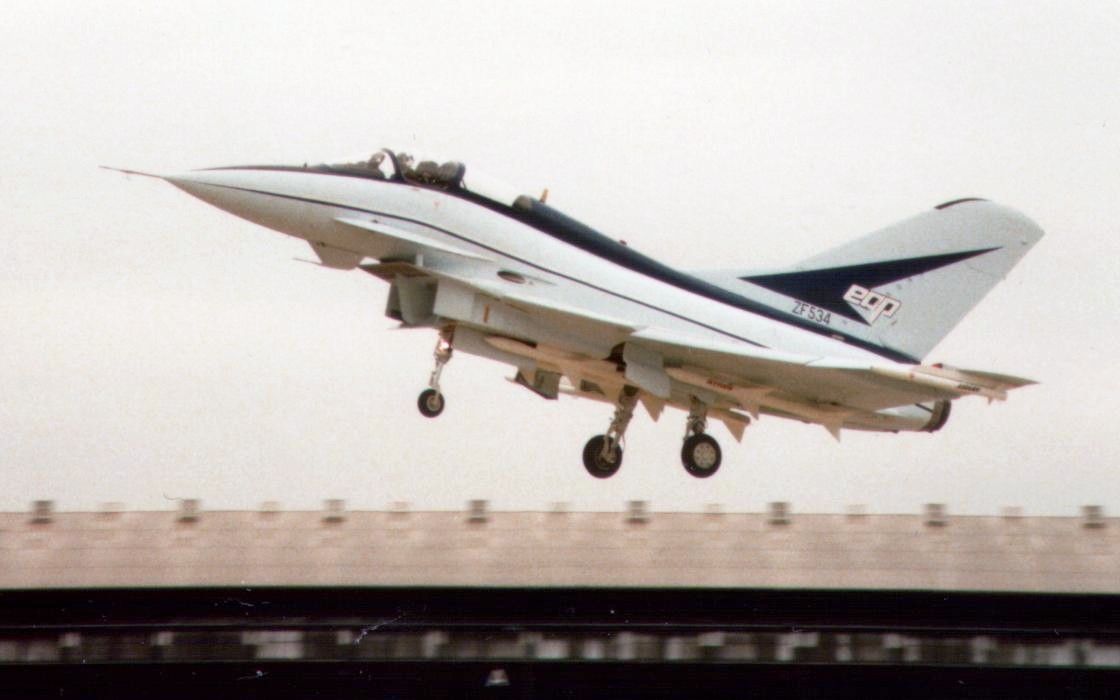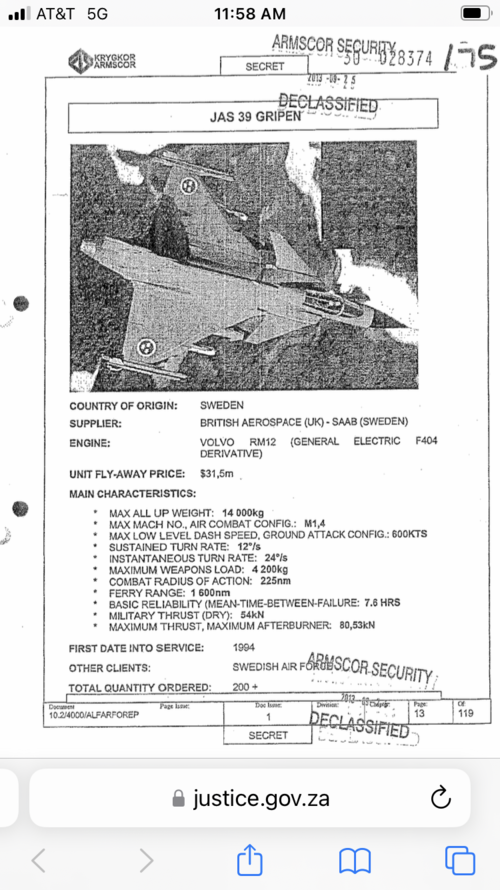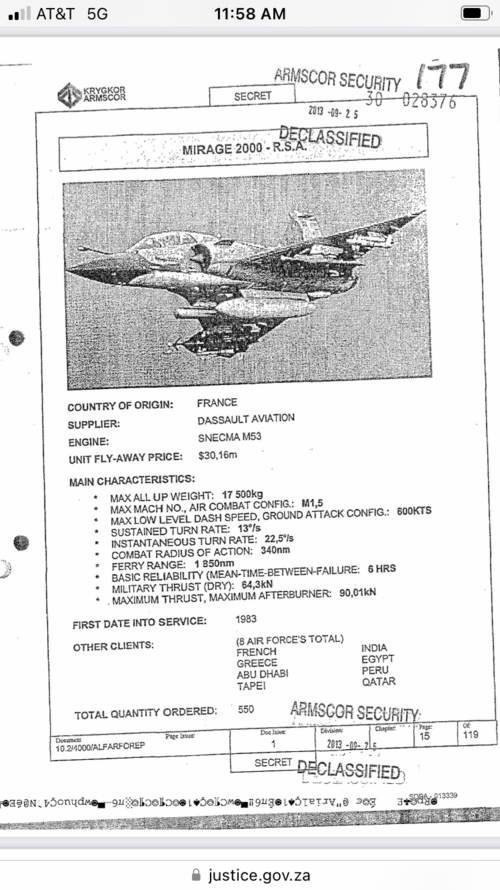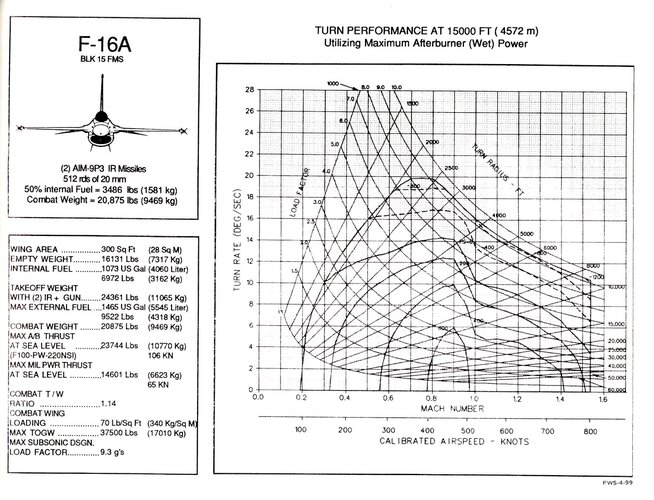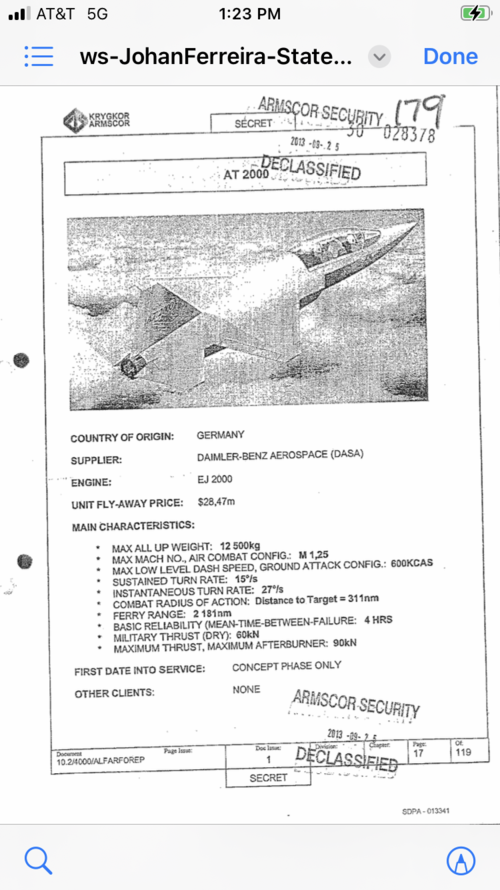- Joined
- 15 July 2007
- Messages
- 4,889
- Reaction score
- 4,553
I think for Yugoslavia to have gone ahead, it need firstly to not to have broken up, and secondly to find another supplier for key components.To get back to Lavi and NoviAvion.
I don't think both Lavi and NoviAvion could have gone into production anyway.
Not because they couldn't design it, but because their respective country aviation industry , let alone aero engine industry, wasn't developed enough . So the respective "godfathers" planes makers, US for Lavi and France for NoviAvion, helped for a while, selling some expertise up to prototypes stage in case of Lavi, but when the point of getting to production came, then strategic thinking starts :
"Hey we are helping building a competitor here, even if maybe not on this product, but we are helping building a possible competitor industry !"
And that's were it stops.
The difference with Gripen, is that Saab was already there, building jets planes for decades already. So sweden could do it alone, the airframe at least.
Irony is after the collapse of the USSR, Russian suppliers could have been accessed and they had no direct Mig21 successor. Only Mig29s and Su27s.
For Israel, they needed to license their design to a US firm. As a Skyhawk/Starfighter successor and a rival to the F16.

